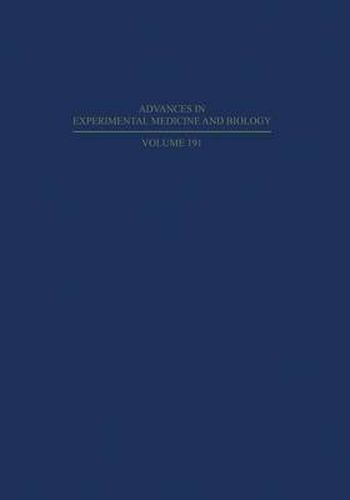Readings Newsletter
Become a Readings Member to make your shopping experience even easier.
Sign in or sign up for free!
You’re not far away from qualifying for FREE standard shipping within Australia
You’ve qualified for FREE standard shipping within Australia
The cart is loading…






This title is printed to order. This book may have been self-published. If so, we cannot guarantee the quality of the content. In the main most books will have gone through the editing process however some may not. We therefore suggest that you be aware of this before ordering this book. If in doubt check either the author or publisher’s details as we are unable to accept any returns unless they are faulty. Please contact us if you have any questions.
Since there are many different tissues and organs in the body, a study of oxygen transport to tissue necessarily involves a great diversity of bodily functions. Furthermore, these tissue functions can be approached from the viewpoint of several disciplines. Even tually, however, all of these approaches must be combined to arrive at a comprehensive picture. This multidisciplinary effort, though imperative, has been implemented slowly because traditional biologi cal science has been largely organ- or discipline oriented. Initia tives to realize an effective international multidisciplinary collab oration have assumed increasing momentum for the past 20 years. These include meetings held in Bad Oeynhausen in 1965 (book in 1968, edited by D. W. Lubbers, U. C. Luft, G. Thews and E. Witzleb), in Nijmegen in 1968 (book in 1969, edited by F. Kreuzer), in Vancouver in 1970 (J. Strauss), and in Dortmund in 1971; this last was in connection with the 25th International Physiological Congress in Munich (book in 1973, edited by M. Kessler, D. F. Bruley, L. C. Clark, Jr. , D. W. Lubbers, I. A. Silver and J. Strauss). This increasing international cooperation called for a more formal organization of these individual initiatives. The credit for taking this decisive step goes to H. I. Bicher and D. F. Bruley from the U. S. A. and D. W. Lubbers and M. Kessler from Germany, who got together in 1972 to plan a large-scale inter national meeting and to organize an international society.
$9.00 standard shipping within Australia
FREE standard shipping within Australia for orders over $100.00
Express & International shipping calculated at checkout
This title is printed to order. This book may have been self-published. If so, we cannot guarantee the quality of the content. In the main most books will have gone through the editing process however some may not. We therefore suggest that you be aware of this before ordering this book. If in doubt check either the author or publisher’s details as we are unable to accept any returns unless they are faulty. Please contact us if you have any questions.
Since there are many different tissues and organs in the body, a study of oxygen transport to tissue necessarily involves a great diversity of bodily functions. Furthermore, these tissue functions can be approached from the viewpoint of several disciplines. Even tually, however, all of these approaches must be combined to arrive at a comprehensive picture. This multidisciplinary effort, though imperative, has been implemented slowly because traditional biologi cal science has been largely organ- or discipline oriented. Initia tives to realize an effective international multidisciplinary collab oration have assumed increasing momentum for the past 20 years. These include meetings held in Bad Oeynhausen in 1965 (book in 1968, edited by D. W. Lubbers, U. C. Luft, G. Thews and E. Witzleb), in Nijmegen in 1968 (book in 1969, edited by F. Kreuzer), in Vancouver in 1970 (J. Strauss), and in Dortmund in 1971; this last was in connection with the 25th International Physiological Congress in Munich (book in 1973, edited by M. Kessler, D. F. Bruley, L. C. Clark, Jr. , D. W. Lubbers, I. A. Silver and J. Strauss). This increasing international cooperation called for a more formal organization of these individual initiatives. The credit for taking this decisive step goes to H. I. Bicher and D. F. Bruley from the U. S. A. and D. W. Lubbers and M. Kessler from Germany, who got together in 1972 to plan a large-scale inter national meeting and to organize an international society.